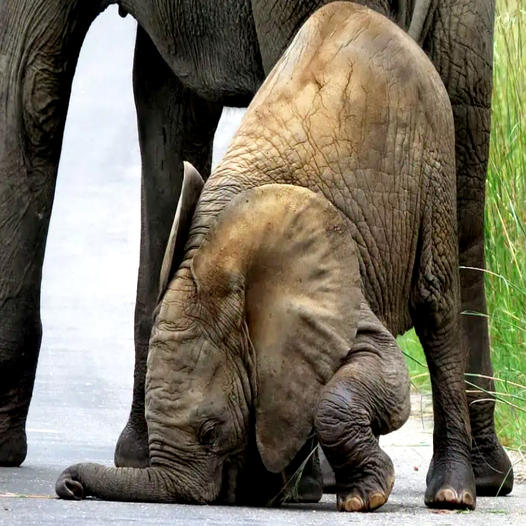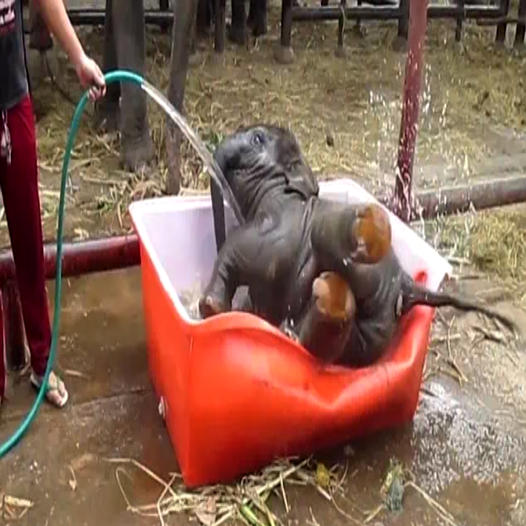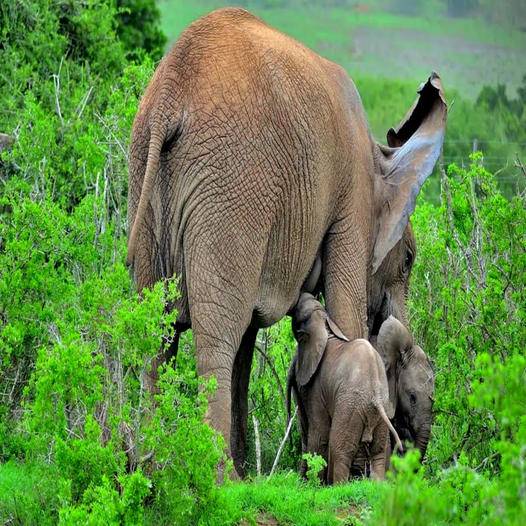“A group of 30 medical professionals from different countries, led by doctors from India, have successfully begun the process of separating conjoined twins who are joined at the top of their heads. This groundbreaking procedure aims to bring back a sense of normalcy to the twins’ lives, even though it was initially anticipated to have a long waiting period. The confirmation of their progress is expected to be announced tomorrow.”








One of the two infants following a surgery to separate their heads. Jaga and Kalia, two-year-old boys previously named Honey and Singh, have been conjoined at the head since birth and face an 80% risk of mortality if not separated.



.


.



In March 2015, Puspangali Kandhar, a 25-year-old mother from the state of Orissa in India, was shocked when she gave birth to two newborns who were joined at the head, a situation she hadn’t anticipated during her pregnancy. Despite the Orissa state government’s promise to assist, no hospital could offer a solution, forcing the family to bring the babies home. However, after months of searching for a solution, the family’s hope was renewed when the first stage of surgery was performed on August 28 of this year. Doctors successfully created bridging blood vessels to connect the twins’ separate brains. Dr. Swapneshwar Gadnayak, who was involved in the surgery, explained that the twins, called craniopagus twins, have two separate brains but are joined at the head. While some similar cases have been successfully separated, it is extremely difficult when the twins share the same brain. The twins’ father, Bhuan Kandhar, is a farmer earning just 1,600 rupees per month. Despite his poverty, he did everything possible to seek treatment for his children, but their condition seemed hopeless. For two years, the family searched desperately for a cure, but their financial limitations made it impossible. The Kandhars have two other healthy sons, aged 9 and 6, who long to see their siblings live and play freely. Finally, on October 26, the family’s dream began to materialize when a team of 30 doctors in a Delhi hospital spent 16 hours separating Jaga and Kalia’s conjoined heads in the first surgery of its kind in India. During the operation, it was discovered that the twins shared brain tissue and blood vessels, an incredibly rare condition occurring in approximately 1 in 3 million births. Prior to the surgery, the twins faced immense challenges in their daily activities. Dr. Randeep Guleria, director of the Indian Institutes of Health Sciences, stated that the success of the surgery would be determined over the next 18 days. Dr. A K Mahapatra, a participating physician, mentioned that both babies had additional health problems, with Jaga suffering from heart disease and Kalia experiencing kidney disease. Initially, Jaga was stronger, but his condition began to decline while Kalia improved. One of the biggest challenges for doctors after separating the twins’ heads was providing enough skin to cover both areas, as the surgery left large gaps. “If they are able to heal on their own, the next step will be reconstructing their skulls,” said Dr. Manish Singhal, an expert in plastic surgery.




